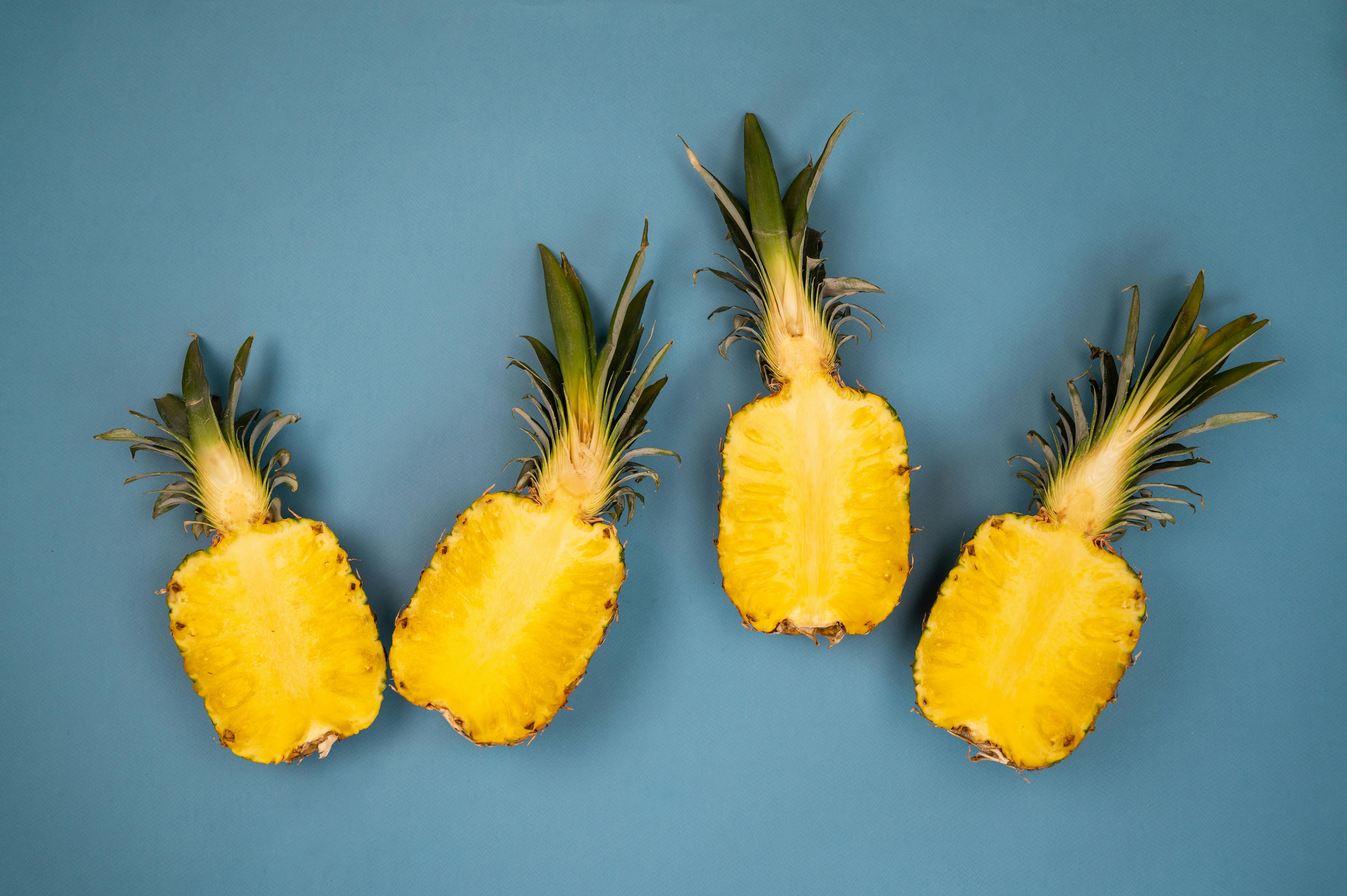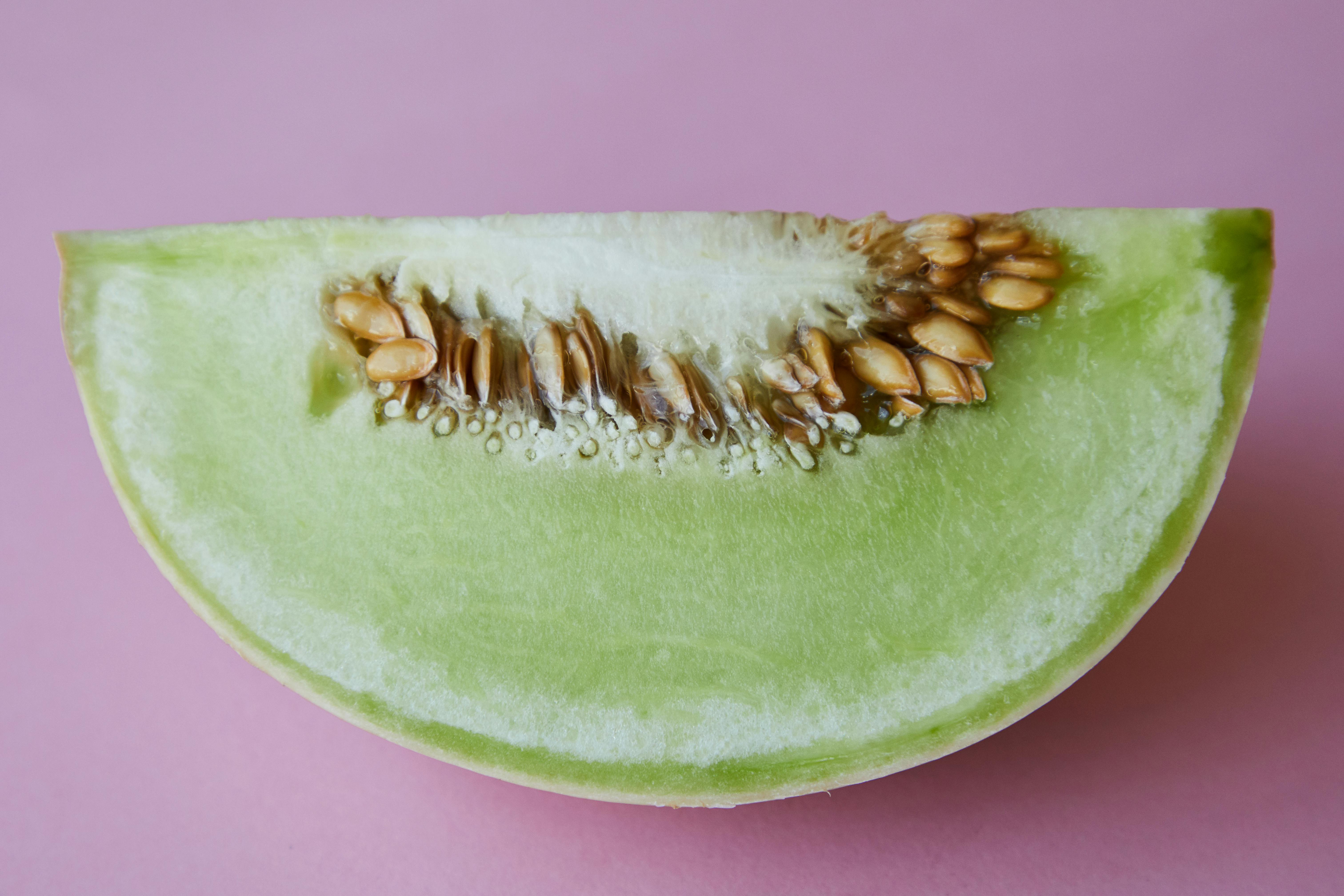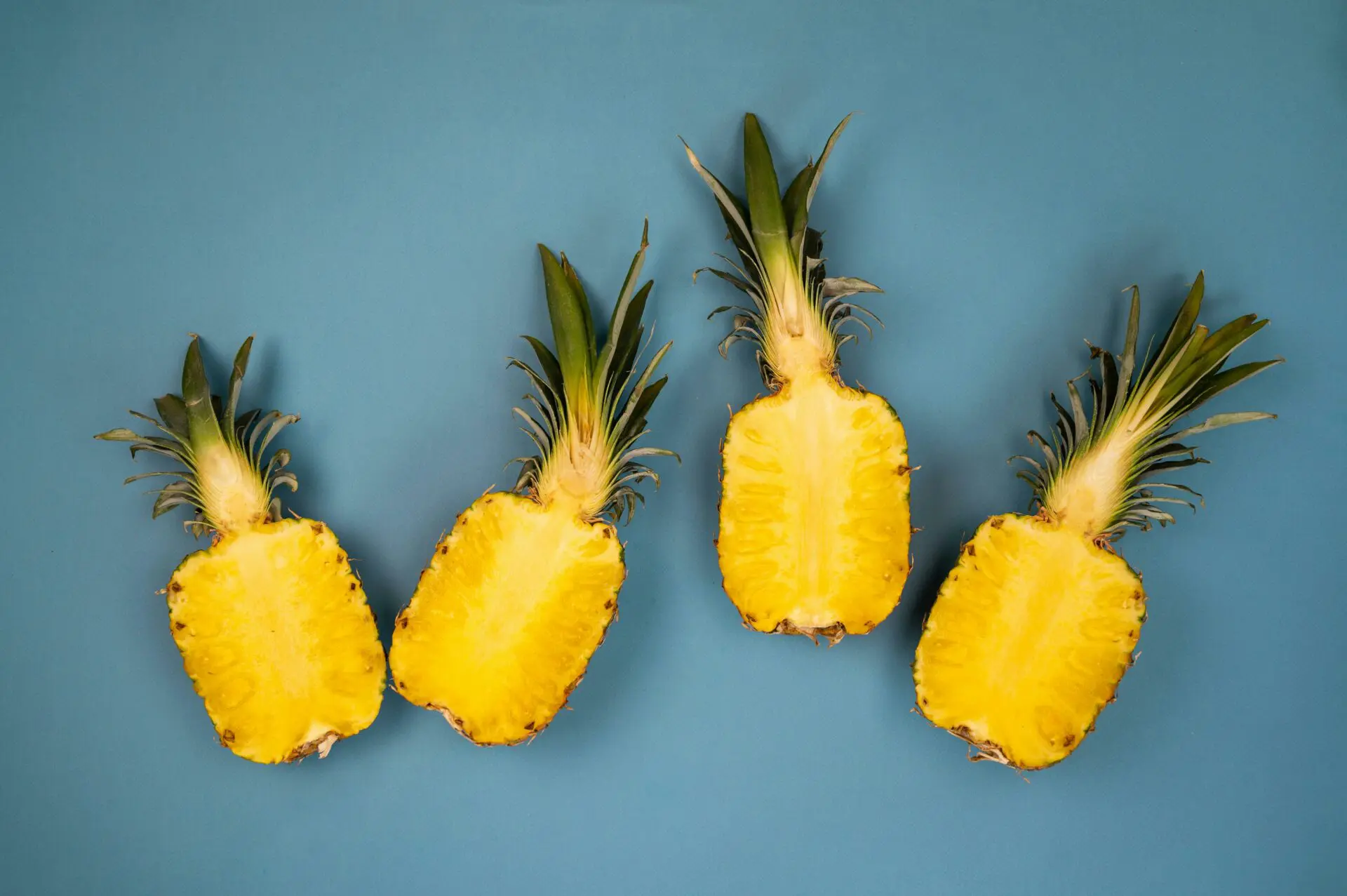Fruit juicing is a great way to enjoy the natural flavors and nutrients of healthy fruits and vegetables. But what do you do with the leftover fruit pulp after juicing? There are actually many creative ways to use the leftover pulp, ranging from adding it to smoothies or baking recipes to using it as fertilizer in your garden. In this article, we’ll explore some of the best options for what to do with fruit pulp after juicing.1. Use the fruit pulp in baking recipes like muffins, breads, and cakes.
2. Create a smoothie bowl by adding the pulp to a yogurt or oatmeal base.
3. Make homemade jam or jelly with the pulp and sweetener of your choice.
4. Blend the pulp into a savory dip or spread for crackers or breads.
5. Add it to soups, stews, and sauces for extra flavor and texture.
6. Freeze the pulp in ice cube trays and use it when making smoothies or juices in the future.
7. Incorporate it into meatball and burger recipes as an alternative to breadcrumbs or oatmeal.
8. Put it into chunky-style salsa for an extra burst of flavor and nutrition.
Drying the Fruit Pulp
Drying is an important step in the process of storing fruit pulp. Depending on the type of fruit being used, different methods can be used to dry out the pulp. For fruits with a high moisture content such as melons, peaches, and apples, air drying is a good option. Air drying involves spreading out the pulp on a flat surface and waiting for it to dry. This can take anywhere from a few hours to a few days depending on the humidity and temperature of the environment. For fruits with a lower moisture content such as oranges and lemons, oven drying can be used. Oven drying involves spreading out the pulp on a baking sheet and baking it at low temperatures until it is completely dry.
Storing Dried Fruit Pulp
Once dried, the fruit pulp should be stored in an airtight container or jar. If left in open air for too long, moisture will accumulate in the container and cause mold to form on the dried fruit pulp. The container should also be kept in a cool and dark place such as cupboard or pantry to prevent direct sunlight from deteriorating its quality. Dried fruit pulp can also be frozen for longer storage times up to 6 months. Before freezing, make sure to pack it into airtight containers or baggies so that no air gets inside and degrades its quality.
Using Dried Fruit Pulp
Once stored properly, dried fruit pulp can be used in various recipes or enjoyed as a snack by itself! The dried pulp can be added to smoothies, oatmeal, cakes, muffins etc., for added flavor and nutrition. It can also be reconstituted with water or milk for use in jams or pies. Dried fruit pulp is an excellent source of dietary fiber which helps regulate digestion and improves overall health!
Utilizing Fruit Pulp in Different Recipes
Fruit pulp is one of the most nutritious and versatile ingredients that can be used in a variety of recipes. It is a great way to add a healthy boost to any meal since it is packed with vitamins, minerals, and other important nutrients. Not only can it improve the flavor of a dish, but it can also provide an abundance of beneficial health benefits. From smoothies to muffins and more, there are numerous creative ways to utilize fruit pulp in different recipes.
One of the most popular ways to use fruit pulp is for smoothies and shakes. Simply combine the pulp with some milk or yogurt, along with other ingredients such as honey or nut butter for an extra boost of flavor. This makes for an incredibly delicious and nutritious treat that can be enjoyed anytime during the day.
Fruit pulp can also be used in baking recipes such as muffins, cakes, cookies, breads, pies, and more. This adds a unique flavor and texture while still providing all of those essential nutrients found in the fruit itself. Additionally, you can use fruit pulp as a topping for oatmeal or even mix it into your favorite granola recipe for an added crunch.
If you’re looking for something savory yet still healthy, you can incorporate fruit pulp into soups or stews to provide an extra layer of complexity without compromising nutrition values. You can also mix it into sauces and marinades to give your meals a unique twist while making them healthier at the same time.
The possibilities are truly endless when it comes to utilizing fruit pulp in different recipes. Whether you’re looking for something sweet or savory there are plenty of creative ways to incorporate this amazing ingredient into your meals while still ensuring that you receive all those essential vitamins and minerals needed for optimal health.
Making Smoothies with Fruit Pulp
Making smoothies with the leftover pulp from juicing is a great way to make use of all the nutrient-dense fiber left behind. The pulp still contains all the vitamins, minerals and antioxidants that are found in the juice, plus it adds a thicker texture and creamier taste to your smoothie. Plus, it’s an easy way to add more fiber and nutrition into your diet.
To make a smoothie with fruit pulp, you’ll need some fresh or frozen fruits of your choice. You can also add nuts, seeds or other nutritious ingredients to boost the flavor and nutrition of your smoothie. Once you have your ingredients ready, blend them together in a blender until they form a thick and creamy consistency. If the mixture is too thick, add more liquid such as almond milk or water until you reach the desired consistency.
Once your smoothie is blended, pour it into a glass or bowl and enjoy! If you have any leftover pulp from juicing, you can add it to your smoothie for an extra boost of nutrition. The pulp will add more texture and thickness to your smoothie as well as provide additional vitamins and minerals.
Making smoothies with fruit pulp is an easy and delicious way to get more nutrition into your diet while using up any leftover ingredients you may have in your kitchen. With just a few simple ingredients and some creative blending techniques, you can create delicious and nutritious smoothies that are perfect for breakfast or anytime of day!
Creating Art with Fruit Pulp
Fruit pulp is a versatile medium that can be used to create stunning works of art. It is malleable, easy to shape, and can be used to make anything from sculptures to paintings. With the right tools and imagination, anyone can make beautiful art using fruit pulp.
The first step in creating art with fruit pulp is to choose the type of fruit you want to use. Fruits like apples, oranges, and pears are all good choices for creating art. You will also need a few basic tools such as a knife, cutting board, and spoon. Once you have these items ready, it’s time to get started.
The next step is to prepare the fruit pulp. Peel the skin off of the fruit and then cut it into small cubes or slices. Place these pieces in a bowl or container and mash them up until they become a thick paste-like consistency. Once this is done, you can start forming your artwork with the paste-like consistency of the fruit pulp.
When forming your artwork with the paste-like consistency of the fruit pulp you can use different techniques such as rolling it out into thin shapes or even sculpting it into 3D objects with your hands or tools. You can also use other materials such as paper or fabric to help shape your artwork if needed. Once you have finished shaping your work of art it’s time to add color by painting it with food coloring or natural juices from fruits like blueberries or strawberries.
Finally, let your artwork dry completely before displaying it in a frame or on a canvas for everyone to admire! Creating art with fruit pulp is a great way for anyone to express themselves creatively while having fun at the same time!

Using Fruit Pulp to Make Jam
Making jam is a great way to make use of fruit pulp, which would otherwise be discarded. Jam is a sweet and delicious condiment that can be used on toast, waffles, or even baked goods. The process of making jam is simple and involves boiling the fruit pulp with sugar and other ingredients until it reaches a thick consistency. The cooked mixture is then placed in airtight containers for storage. This process does not take much time or effort, yet it results in a tasty and nutritious spread that can be enjoyed for months or even years to come.
The first step in making jam is to collect the fruit pulp. This can be done by pureeing fresh fruits or juicing them and straining out the solids. The fruit pulp should then be combined with sugar, lemon juice, and spices (such as cinnamon or nutmeg). This mixture should then be boiled for several minutes until it reaches a desired thickness. Once the jam has reached the desired consistency, it should then be transferred into airtight glass jars for storage.
It is important to note that jams made with fresh fruit tend to have a shorter shelf life than those made with cooked fruits. In order to extend the shelf life of jams, it is important to follow proper canning techniques. This includes using properly sterilized jars and lids as well as ensuring that all air bubbles are removed from the jars before sealing them shut. If these steps are taken properly, jams can last for up to a year in proper storage conditions such as cool temperatures and low humidity levels.
Making jam at home from fruit pulp is an easy way to incorporate fresh fruits into your diet while also reducing food waste. Not only does it provide an easy snack option but it also adds flavor and sweetness to many recipes such as muffins, cakes, oatmeal, pancakes, and more! With just a few basic ingredients and minimal effort you can enjoy homemade jams for months or even years down the road!
Composting Fruit Pulp
Fruit pulp is a great source of nutrition for your compost pile. It provides essential nutrients such as nitrogen, potassium, and phosphorus for your plants. It also helps keep the moisture in the soil and can help reduce compaction. There are many ways to compost fruit pulp, from adding it directly to the compost pile to using it as a mulch or compost tea. Here are some ideas for composting fruit pulp:
1. Add it directly to your compost pile: Fruit pulp can be added directly to your compost pile, as long as it is not too wet or slimy. If it is too wet, you may need to let it dry out before adding it to the pile.
2. Use it as a mulch: Fruit pulp can make an excellent mulch for plants and can help retain moisture in the soil. You can spread the fruit pulp around the base of plants, cover with a thin layer of soil, and water thoroughly.
3. Make a fruit pulp tea: You can make a tea out of your fruit pulp by soaking it in water and then straining off the liquid. This liquid can then be used as a fertilizer or sprayed on plants as an insect repellent.
4. Use it in potting soil: The fiber content of fruit pulp makes it an ideal ingredient in potting soil mixes for container gardens and houseplants.
5. Use it as an ingredient in homemade fertilizers: Mixing small amounts of fruit pulp with other ingredients such as manure or compost will help create nutrient-rich fertilizers for your garden.
By utilizing these ideas for composting fruit pulp, you’ll be able to add vital nutrients to your garden while helping reduce waste at the same time!
Making Soap and Candles with Fruit Pulp
Fruit pulp is a great way to make homemade soap and candles. It’s an affordable, natural ingredient that can be used to create beautiful, unique creations. You can use any type of fruit pulp, such as banana, papaya, or mango. Fruit pulp is a great addition to soaps and candles because it adds natural exfoliation and moisturizing properties. With just a few simple ingredients, you can make your own soap and candles with fruit pulp.
The first step in making soap with fruit pulp is to gather all the necessary ingredients. These include your favorite type of fruit pulp, oils (such as olive oil or coconut oil), lye crystals (sodium hydroxide), distilled water, essential oils for fragrance (optional), and any other additives you might like to add for color or texture (such as herbs or dried flowers). Make sure all of your ingredients are measured accurately before you begin mixing them together.
Now that you have all the ingredients ready, it’s time to mix them together! Start by adding the lye crystals into the distilled water and stirring until fully dissolved. Then add in the oil(s) of your choice and stir again until everything is fully combined. Now add in the fruit pulp and any other desired additives while stirring continuously.
Once all the ingredients are thoroughly mixed together, it’s time to pour the mixture into a mold or container of your choice. Allow the mixture to cool down completely before removing it from its mold or container. You should now have a beautiful bar of soap with natural exfoliating properties thanks to all that delicious fruit pulp!
Making candles with fruit pulp follows pretty much the same steps as making soap but there are some slight changes in terms of equipment needed. In addition to wax (either beeswax or soy wax), wick cord, essential oils for fragrance (optional), and any other desired additives for color or texture (such as herbs or dried flowers), you will also need a double boiler and thermometer for melting down your wax.
Start by melting down your wax in a double boiler over medium heat while stirring occasionally with a thermometer inserted into the wax mixture until it reaches 180°F (82°C). Once melted, add in your favorite type of fruit pulp along with any other desired additives while stirring continuously until everything is combined.
Finally, pour the melted wax mixture into candle molds of your choice and allow them to cool down completely before removing them from their molds. You should now have beautiful candles that smell amazing thanks to all that delicious fruit pulp!

Conclusion
Using the left-over pulp from juicing can be a great way to make delicious snacks or meals. With the right combination of ingredients, you can create tasty dishes that are high in fiber and nutrient-rich. If you don’t have the time to make something with it, consider freezing the pulp for later use or add it to your compost pile. Whichever way you choose, you will be able to give your fruit pulp a second chance!
Juicing is an effective way to get all of the essential vitamins and minerals from fruits and vegetables while reducing waste. With a little creativity, you can find many ways to put your leftover pulp to good use. Whether it’s for making smoothies, jams, sauces, or even baked goods, there are plenty of ways to transform this nutrient-rich substance into delicious meals.



